The dangers of fake news are increasing in today’s digital world, where information chaos is everywhere.
Information is omnipresent in today’s world. Not only is there a plethora of media for conveying information, but also a plethora of messengers. With the Internet, we have access to numerous sites, and social networks have given a voice to people all over the world. But this freedom of expression and information comes with a downside: we are more than ever confronted with information chaos.
Fake news is information that is not correct and which, despite its falsity, circulates and finds listeners ready to take it at face value. So it’s important to learn how to spot fake news so that you can raise awareness of the issues around you.
To understand the dangers of fake news, it’s important to examine its consequences on individuals and society.
Numerous studies have demonstrated their harmful consequences for individuals and society. The University of Exeter1, for example, notes the following consequences:
- Distrust in the media
- Undermining the democratic process
- Platforms for harmful conspiracy theories and hate speech
- Spread of false or discredited science – e.g. anti-vax movement during the pandemic
These consequences therefore impact society at a systemic level, and it is only by teaching users to check facts and control their sources that we will be able to enjoy a world where fake news and other manipulations of information will no longer be relayed to the same extent.



0 Comments